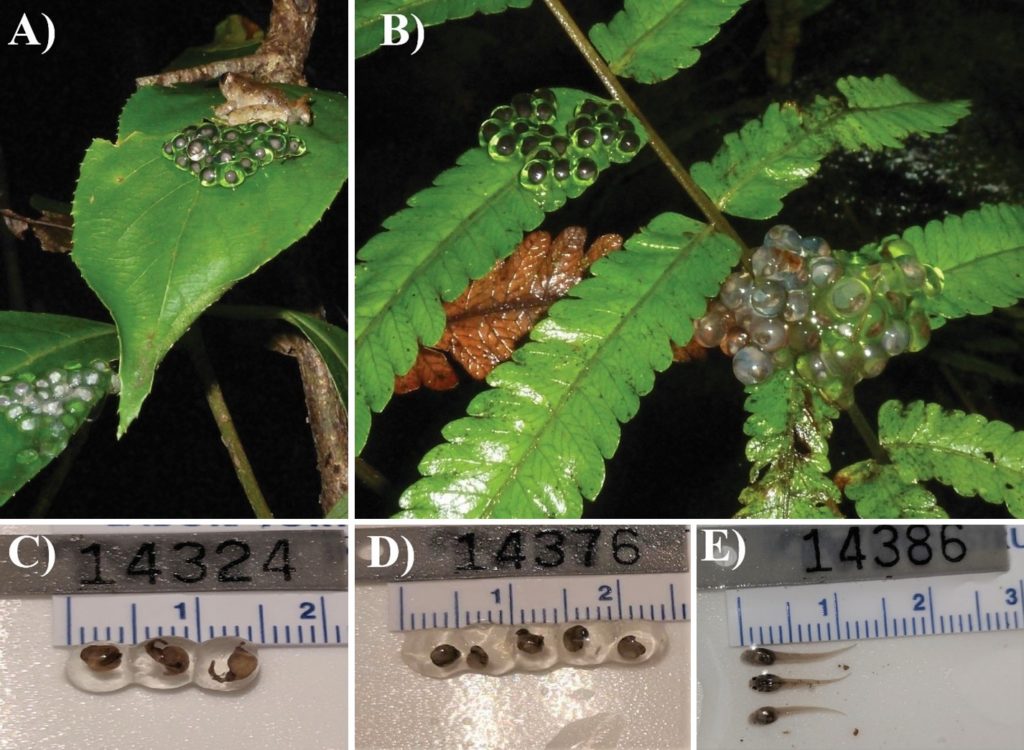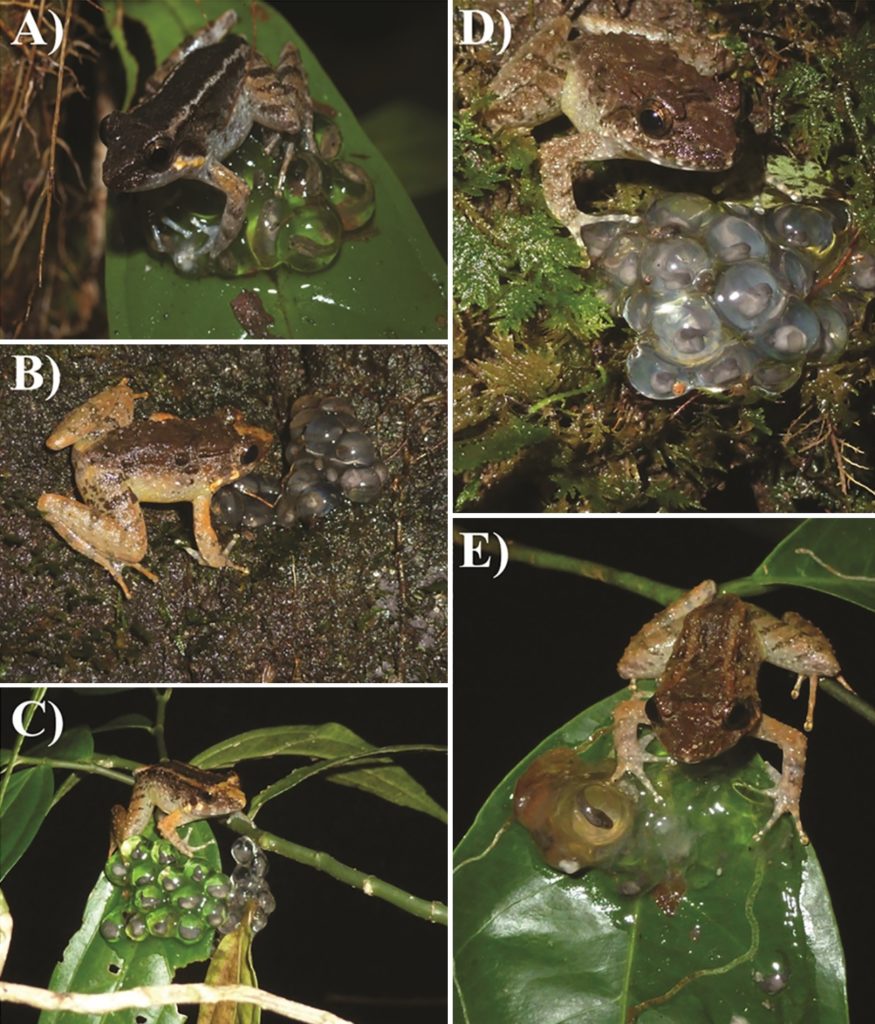Frogs are not usually known for their teeth, but some species in Southeast Asia have developed bony projections on their lower jaws that resemble fangs. These frogs use their fangs to fight with each other and to hunt prey, such as insects, worms, and even crabs.

Among the fanged frogs, a new species has been discovered that stands out for its small size. The new species, named Limnonectes phyllofolia, is the smallest fanged frog ever recorded, measuring only about 2.5 centimeters (one inch) in length. It was found in the forests of Sulawesi, a large island in Indonesia that is home to many unique animals and plants.
The new species was described by a team of researchers from Japan, Indonesia, and the United States, who published their findings in the journal PLoS ONE. The researchers collected specimens of the new frog from three locations in Sulawesi and compared them with other fanged frogs from the same genus, Limnonectes. They found that the new species differed from its relatives in several features, such as its body shape, coloration, skin texture, and call.

Limnonectes phyllofolia has a brown body with dark spots, a pointed snout, and smooth skin. Its fangs are relatively small, and may not be used for hunting, but rather for defense or mating. The researchers also recorded the call of the new frog, which sounds like a series of short clicks.
This new species belongs to a group of fanged frogs that lay their eggs on leaves above water, rather than in water like most frogs. The male frogs guard the eggs until they hatch, and then carry the tadpoles to a nearby stream, where they complete their development. This behavior is rare among amphibians and may help the frogs avoid predators and parasites that live in water.

In Greek, Limnonectes phyllofolia means “leaf-nester”, the name reflects its unique breeding habit. They also suggested a common name for the new frog: the Sulawesi leaf-nesting fanged frog.
The discovery of the new species adds to the diversity of amphibians in Sulawesi, which is one of the world’s biodiversity hotspots. The island has more than 100 species of frogs, many of which are endemic, meaning they are found nowhere else. However, the island’s amphibians are also threatened by habitat loss, pollution, and climate change, and need urgent conservation measures to ensure their survival.
The researchers hope that their study will raise awareness of the importance of Sulawesi’s amphibians and encourage further exploration and protection of the island’s natural heritage.














